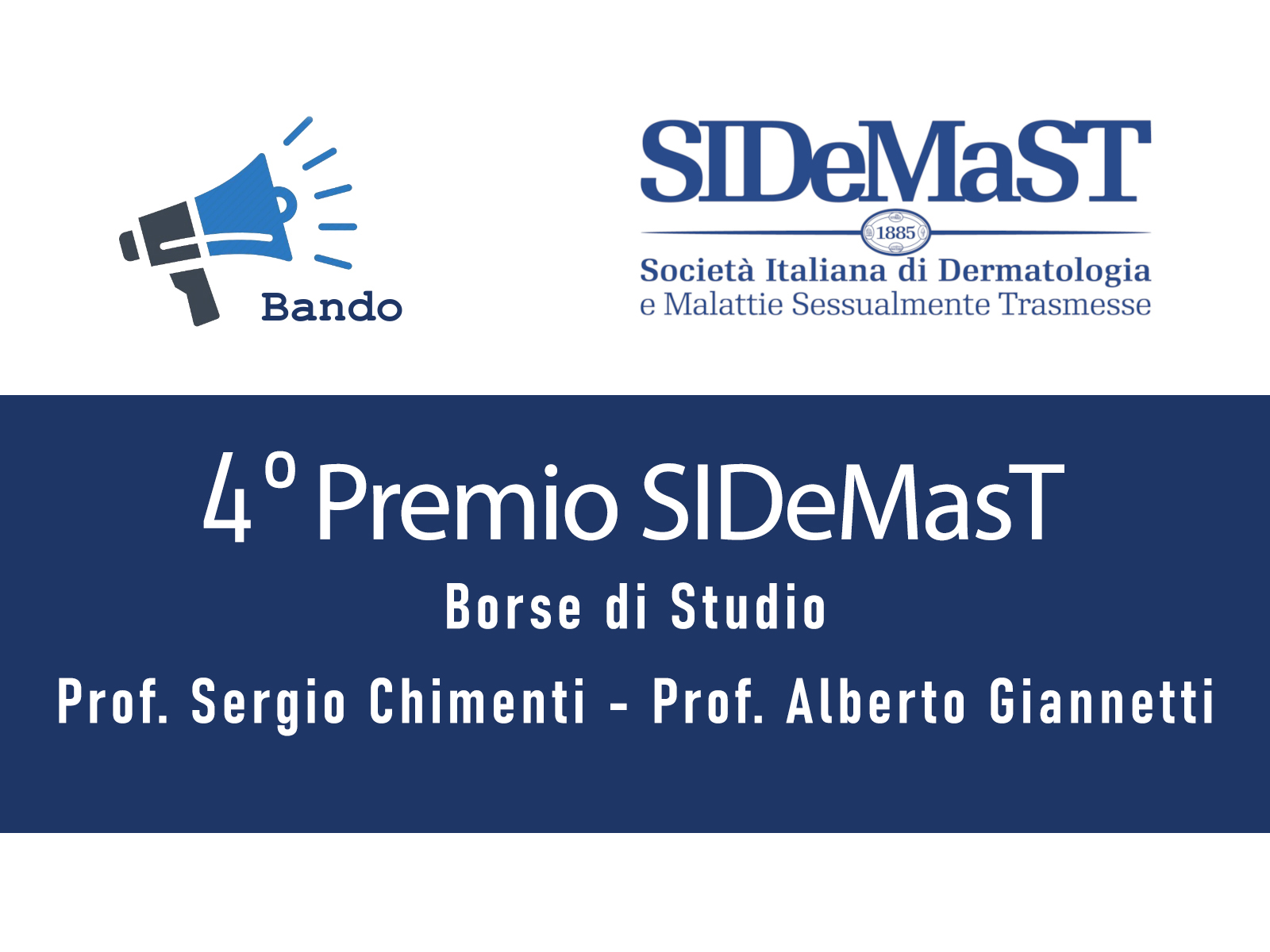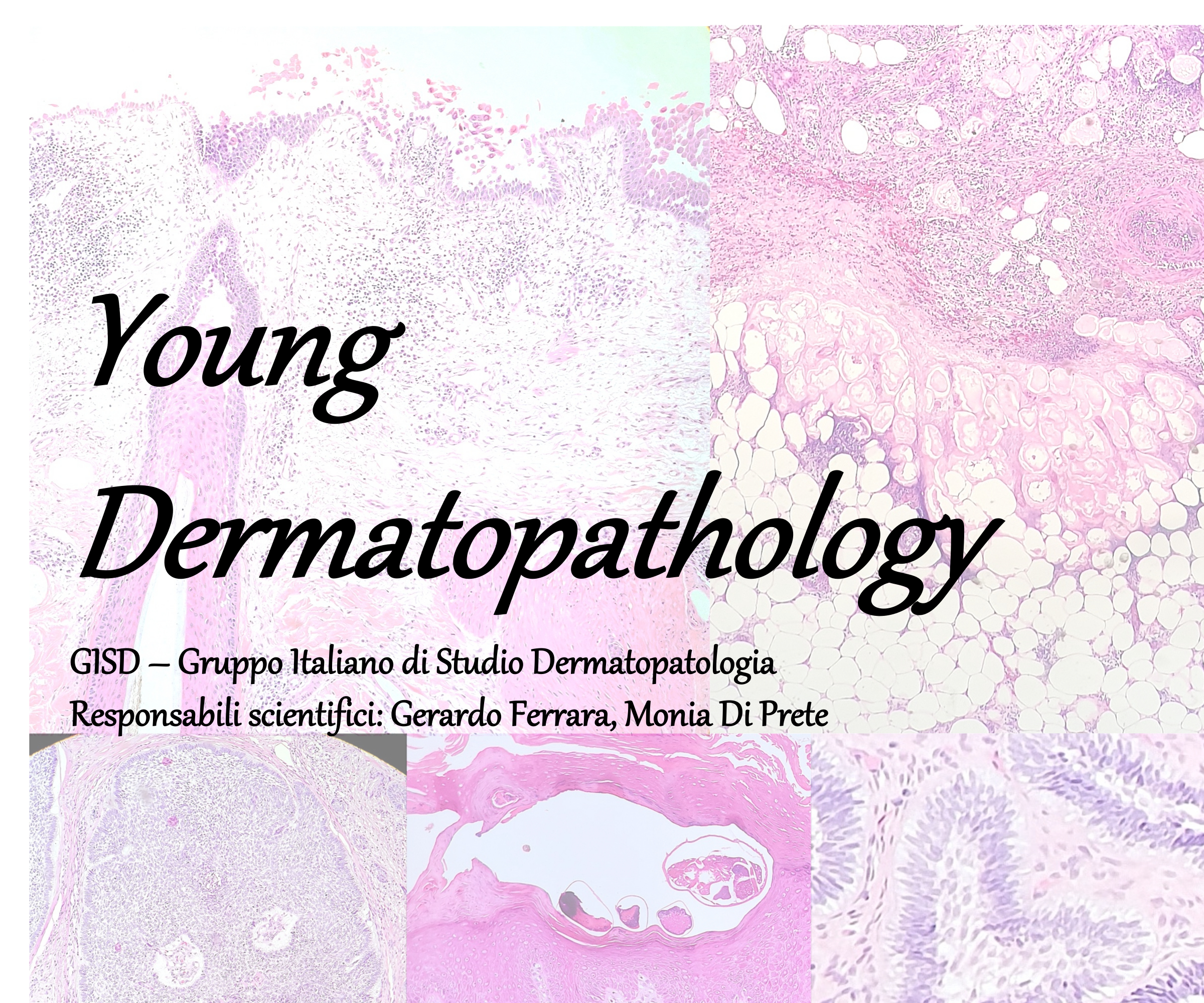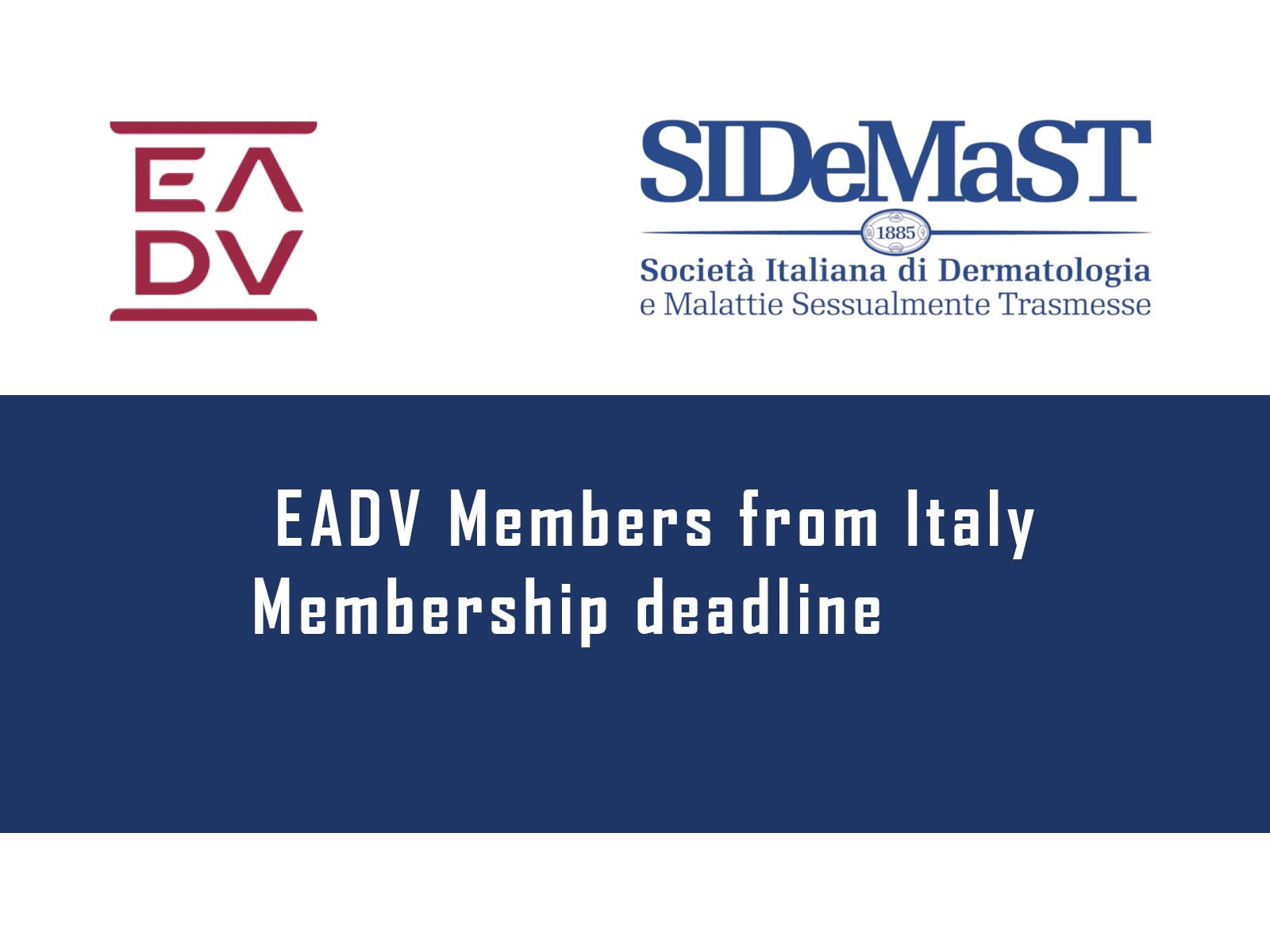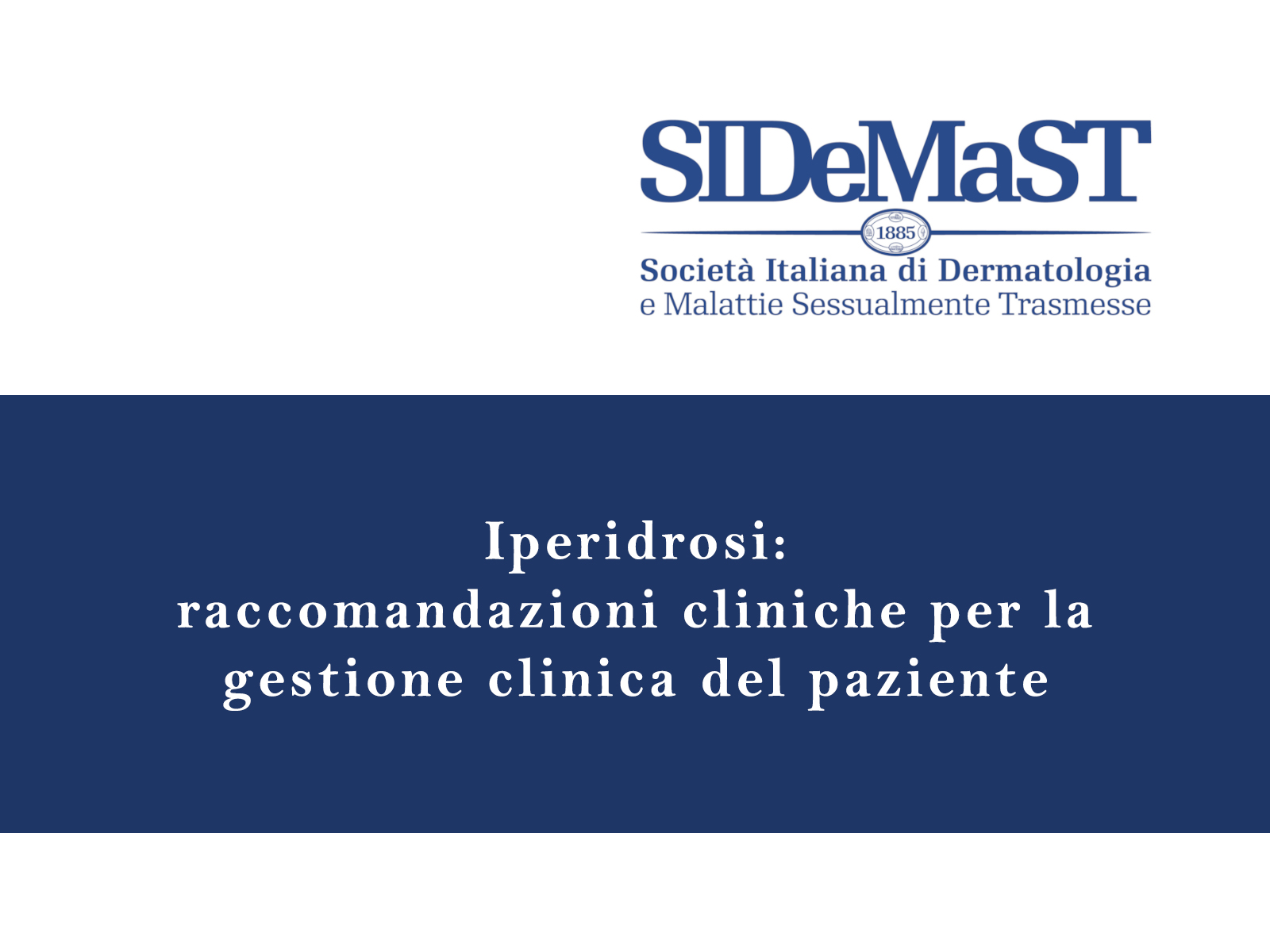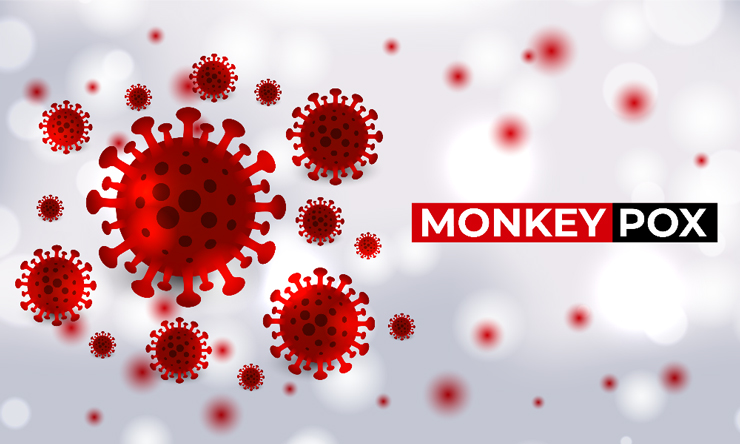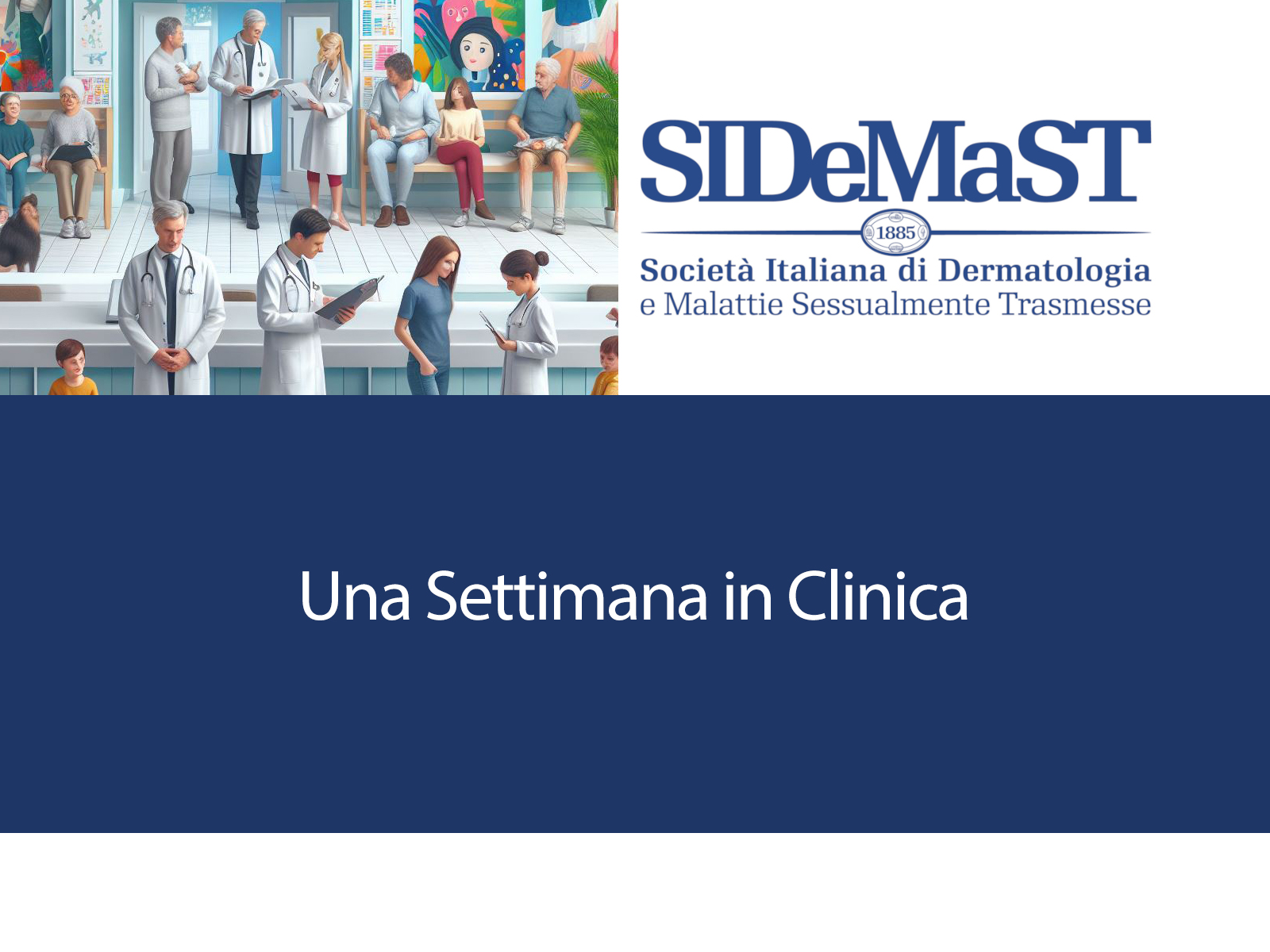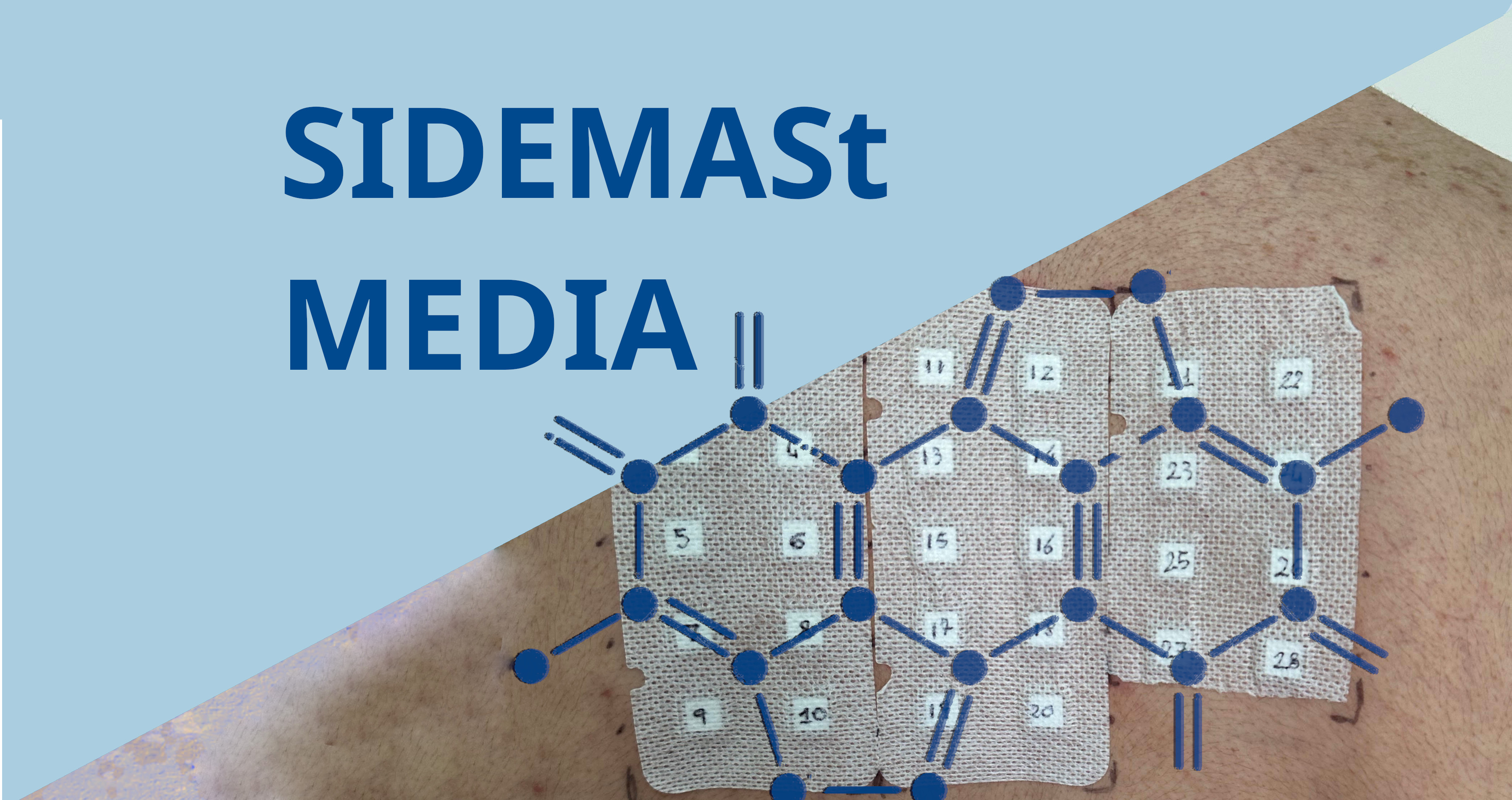Patients with moderate-to-severe hidradenitis suppurativa achieved clinical response nearly 3 times more quickly with adalimumab than with placebo, according to an analysis presented here at the 24th European Academy of Dermatology and Venereology (EADV) Congress.
Patients receiving adalimumab demonstrated a significantly shorter median time to achieve hidradenitis suppurativais clinical response (HiSCR) than patients receiving placebo. With adalimumab, HiSCR was 31 days (range, 29-57) compared with 92 days with placebo (range, 87-not reached; hazard ratio [HR] = 2.437; P < .001).
"Hidradenitis suppurativa is a chronic, recurrent skin disorder characterised by deep-seated inflammatory lesions that typically develop in the apocrine gland-bearing regions of the body," explained Henrique Teixeira, MD; AbbVie Inc., North Chicago, Illinois.
He reported findings of the time to response data from the PIONEER 1 and 2 trials. He pointed out that the efficacy data for adalimumab in these trials has been previously reported but the time to response findings were reported here at EADV for the first time.
"Time to response is an important element in patient satisfaction and adherence to treatment," said Dr. Teixeira. "HiSCR was achieved as early as 2 weeks after starting adalimumab."
Both PIONEER studies enrolled adults with at least a 1-year history of moderate-to-severe hidradenitis suppurativa. Patients were randomised 1:1 to receive adalimumab 160 mg at week 0, 80 mg at week 2, and 40 mg weekly starting at week 4 or placebo for 12 weeks. HiSCR was defined as ?50% reduction in total abscess and inflammatory nodule (AN) count with no increase in abscess or draining fistula counts relative to baseline.
The combined analysis included 300 patients receiving adalimumab and 296 placebo-treated patients that completed the first 12 weeks of the study.
At baseline, the mean AN counts were 12.4 and 13.1, respectively, in the adalimumab and placebo groups. Adalimumab-treated patients demonstrated shorter median time to achieve AN count reductions; AN count reductions of ?25%, 50%, and 75% were achieved within 16, 29, and 87 days with adalimumab compared with 32, 86, and 119 days with placebo, respectively (P < .001 for all).
A 100% reduction in AN count was achieved by 25.3% and 12.8% of adalimumab-treated patients and placebo-treated patients, respectively (HR = 2.120; P < .001).
The median time to 100% reduction of AN count and the time to flare could not be calculated. However, fewer patients (12%) in the adalimumab arm experienced flares compared with 35.8% of patients in the placebo arm during the 12-week period (HR = 0.283; P < .001).
Any treatment-emergent adverse event (TEAE) was experienced by 55.4% of adalimumab patients compared with 64.4% of placebo patients. Serious TEAEs occurred in 1.9% and 3.5% of patients in the adalimumab and placebo groups. Infections occurred in 25% of adalimumab-treated patients and in 30.5% of placebo-treated patients with 2 (0.6%) patients in each arm experiencing a serious infection. One (0.3%) malignancy occurred in the placebo arm.
Funding for this study was provided by AbbVie.


